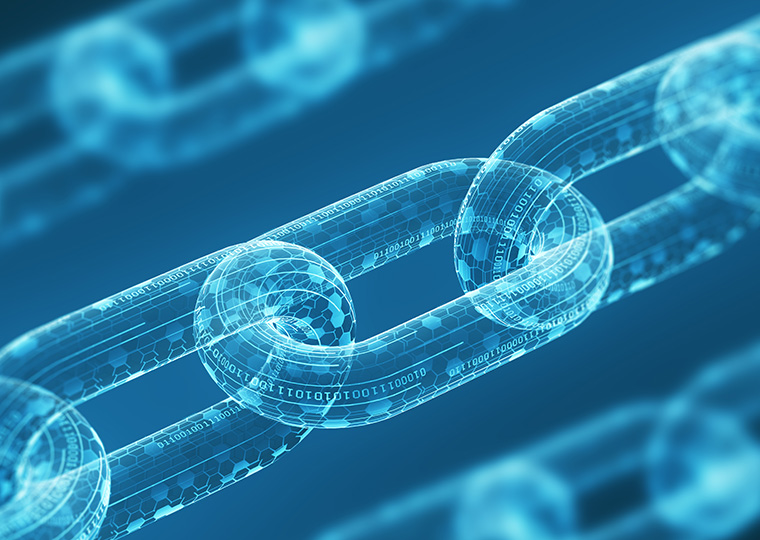Most sellers do one or the other, but giving shoppers both might lift sales
For many buying decisions — whether for hotel rooms, restaurant meals or an online purchase — the first step is checking the ratings given by previous customers. The reviews might not always be reliable (and sometimes are even fake), but on the whole, they can provide useful information about the quality of a product.
Preferences differ, though, and a simple 1-to-5-star rating won’t necessarily be equally relevant to everyone. In that case, it might be more useful to see only the score by customers with similar tastes.
Of course, it’s impractical to tailor ratings to each individual customer, but it would be a small matter to group reviews by, say, nationality, showing buyers in the U.S. the rating given by other American customers and giving Japanese shoppers only the results from Japanese reviewers.
Opt In to the Review Monthly Email Update.
Each approach — showing the same ratings for everyone or grouping them by some shared customer characteristic — has its advantages, depending on the circumstances. A working paper from Hong Kong University of Science and Technology’s Shihong Xiao and Ying-Ju Chen and UCLA Anderson’s Christopher Tang suggests that the best approach is rarely used: Show both.
Can Customer Review Groups Boost Sales?
The authors, using an analytical model, suggest that a seller can increase sales and profits using a system for customer-generated reviews that shows shoppers two ratings: one based on the aggregate of all reviews, and one based on the reviews from those customers who have something in common with the buyer, such as nationality, age, gender or some other characteristic.
“When customers rely on user-generated reviews to evaluate product quality, a firm can increase its profit significantly” with the joint policy, the authors posit.
Most companies that provide customer-generated ratings use one or the other. For example, the Apple App Store provides different ratings for shoppers in different countries, while the Google Play Store shows the same ratings worldwide no matter where the customers live.
The companies don’t make these policies explicit, Tang says in an email, so the authors compared the ratings shown by the stores for the mobile puzzle game Monument Valley. At the Apple App Store, shoppers in Germany see that previous customers have given the game 4.4 stars, while in Mexico, shoppers see a 4.9-star rating. At the Google Play Store, both groups of customers see the same 4.8-star rating.
Choosing between the approaches involves a trade-off between the quantity of reviews the ratings are based on and their relevancy to different groups of shoppers. When shoppers are unsure about the quality of a product, a large number of reviews are seen as indicator that it has value. As a result, a rating system that uses all reviews is in general more effective in boosting sales.
But when there are large cultural or other differences between groups of shoppers, such aggregate ratings can be less relevant for many potential customers. (The ratings that Omaha customers give to an Olive Garden restaurant may be meaningless to diners in Rome.)
Global and a Local Ratings Can Be an Effective Sales Tool
In this case, the more important question isn’t, “Is it good?” It’s, “Will I like it?” Sellers and customers are better off with a policy that shows only those ratings that come from other members of the same group. That’s especially true when shoppers are already more certain about quality, either because it comes from a respected brand or when the seller makes an effort to screen the goods it offers.
Apple screens all the applications in its App Store, so customers can have more confidence that their purchases won’t be buggy or carry malware. Shoppers in the Google Play Store, which didn’t have a strict policy for vetting apps until 2015, might be less sure about the quality of some of the apps there. Showing a rating based on all reviews can be more persuasive.
Still, displaying both a global and a local rating could possibly deliver significantly higher revenues than either one alone, the authors estimate, using their model. It suggests that the two ratings could raise revenue by as much as 5.7% compared with the group-based rating system and as much as 30.5% more revenue than the all-reviews rating.
Featured Faculty
-
Christopher Tang
UCLA Distinguished Professor; Edward W. Carter Chair in Business Administration; Senior Associate Dean, Global Initiatives; Faculty Director, Center for Global Management
About the Research
Xiao, S., Chen, Y.-J., & Tang, C. S. (2021). Customer Review Provision Policies with Heterogeneous Regional Preferences. Management Science, 68(7), 5025-5048. http://dx.doi.org/10.2139/ssrn.3403322





